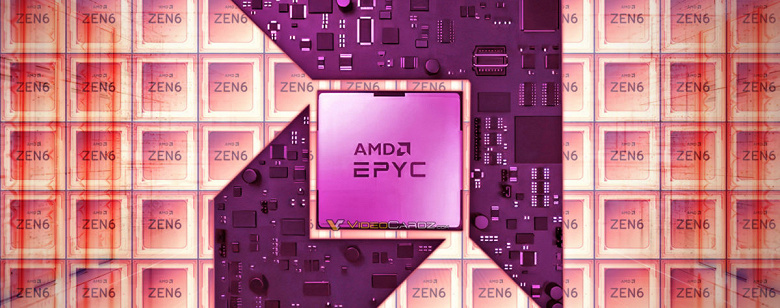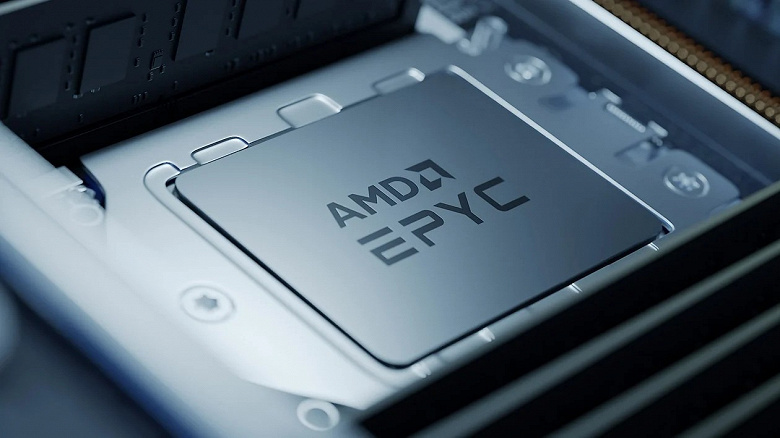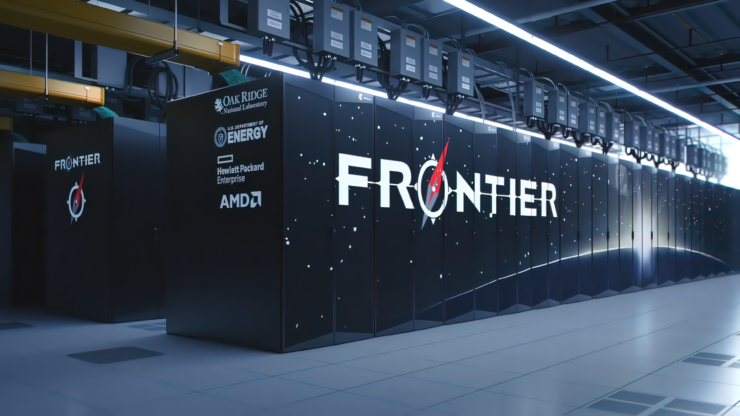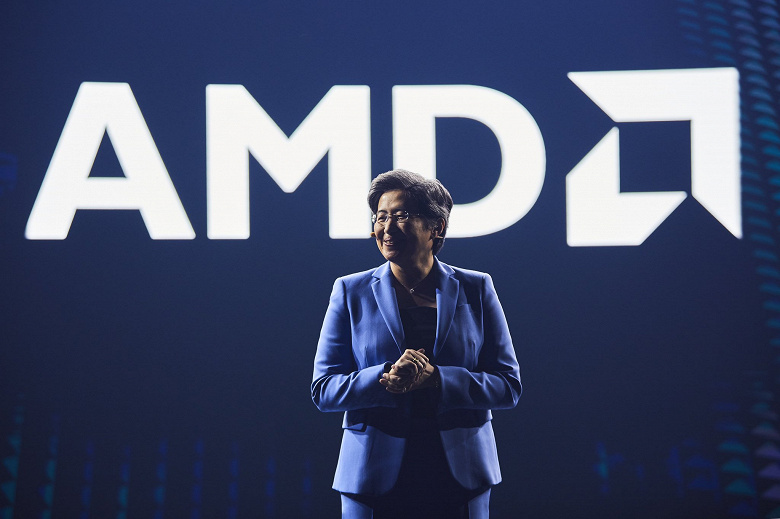AMD commercial reveals the benefits of RDNA 2 for consoles and PCs
Yesterday AMD unveiled the Radeon RX 6000 series graphics cards, and judging by the company’s statements, we can say that Turing and Ampere finally have worthy competitors. The company also unveiled a promotional video highlighting the RDNA 2 architecture that powers the latest graphics cards and both next-generation gaming consoles.









